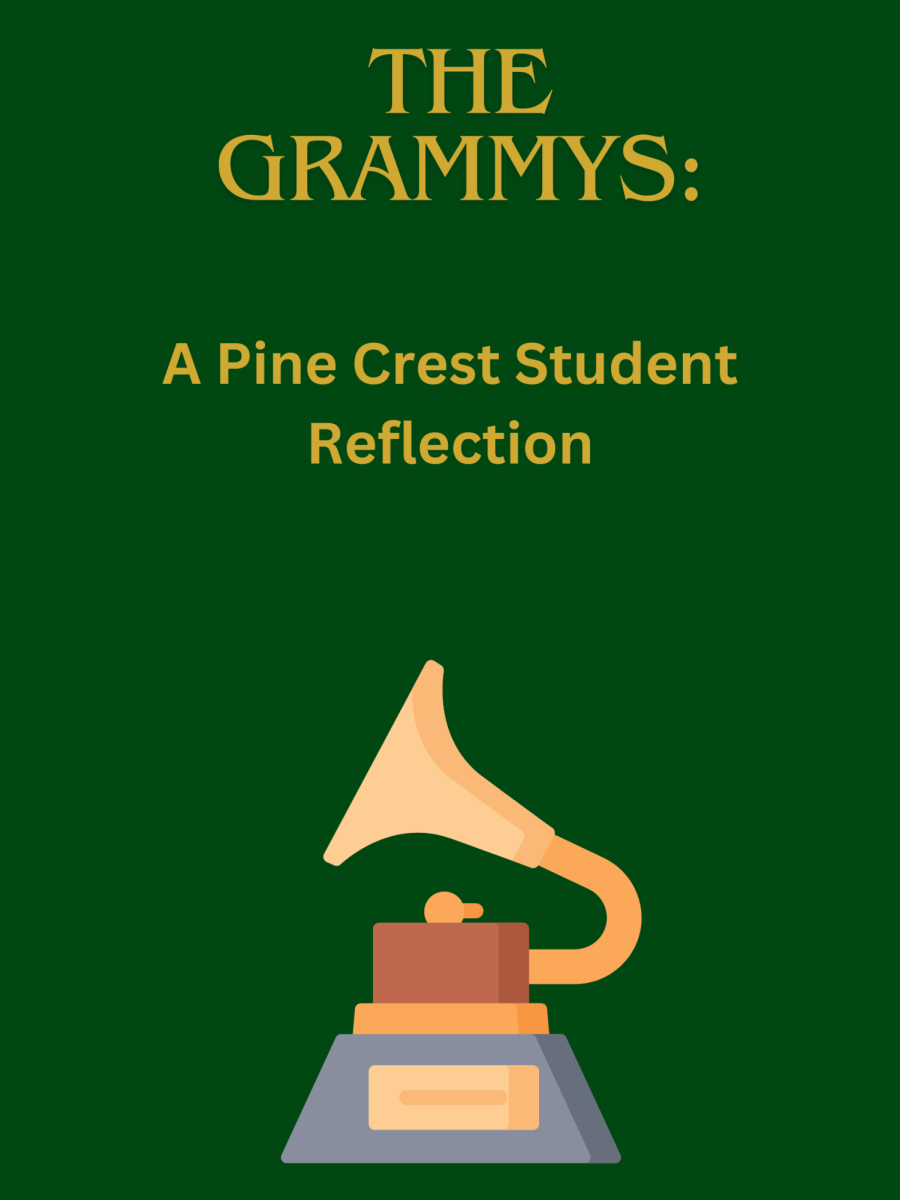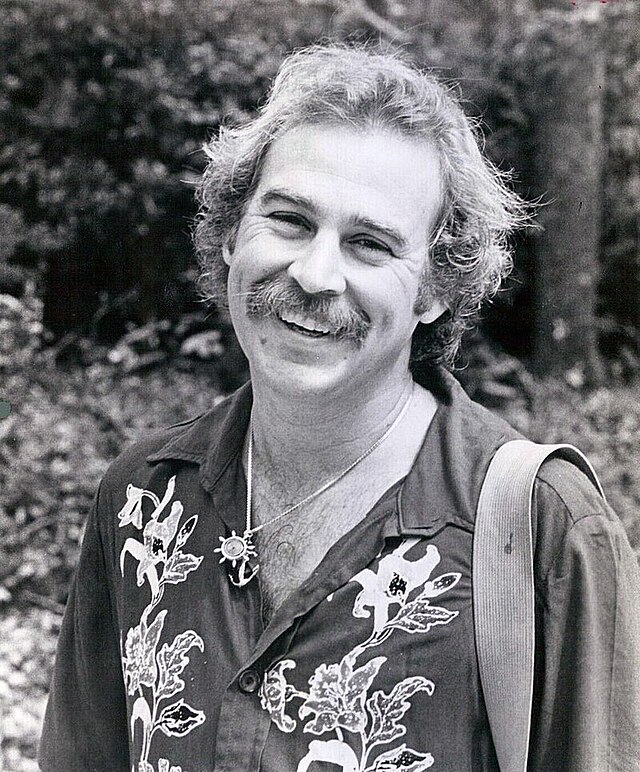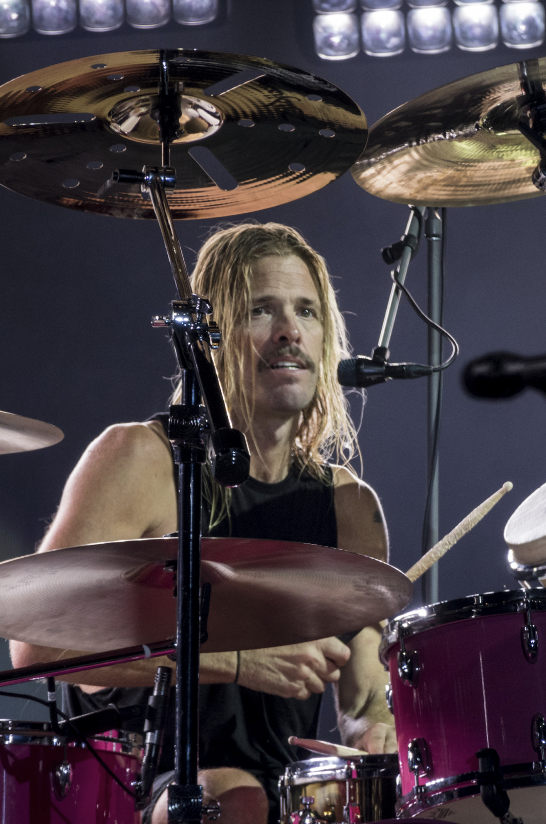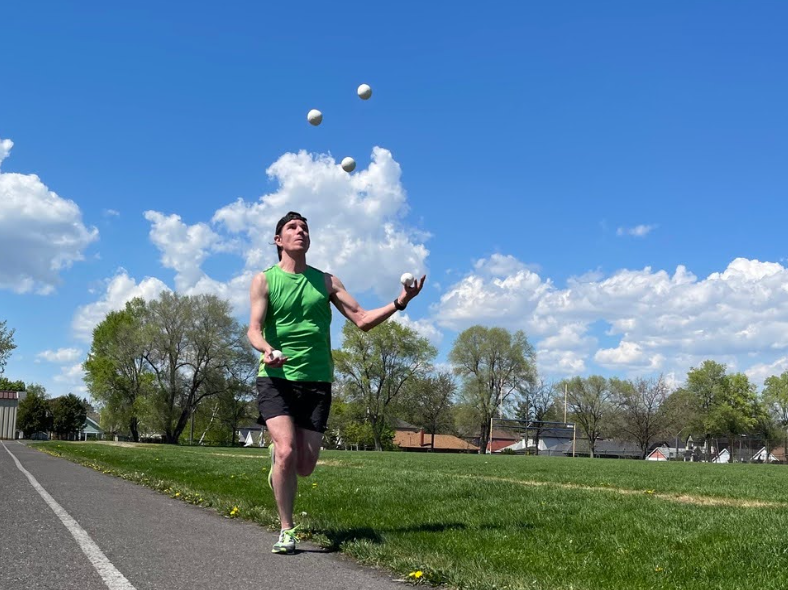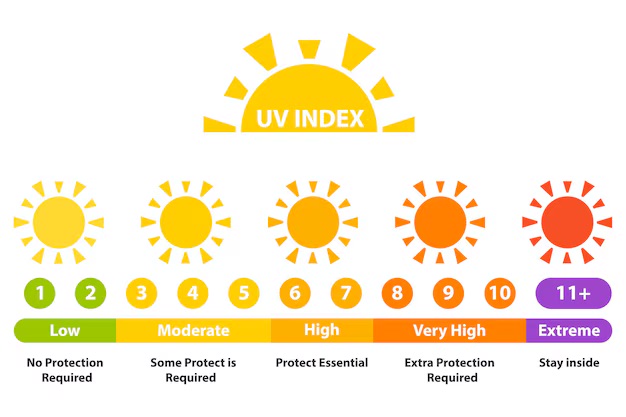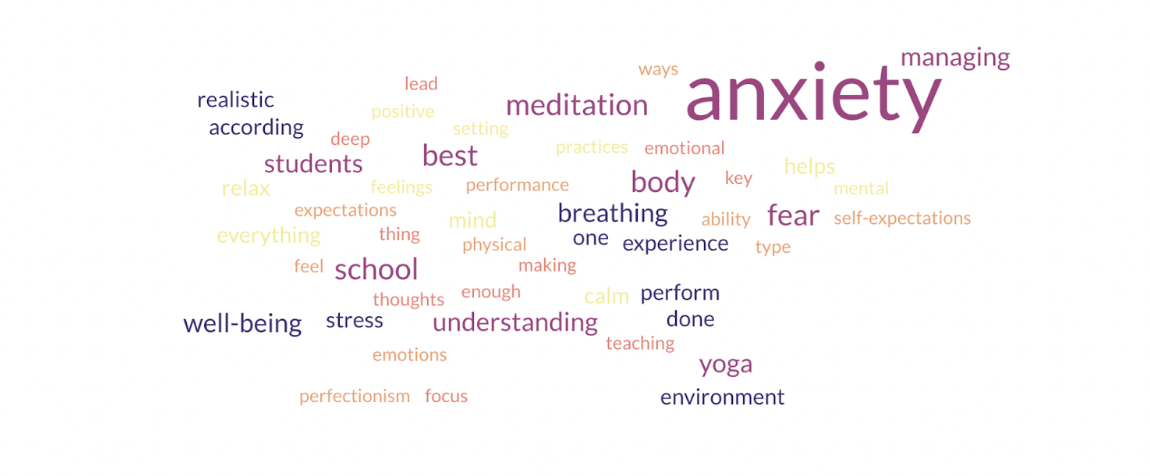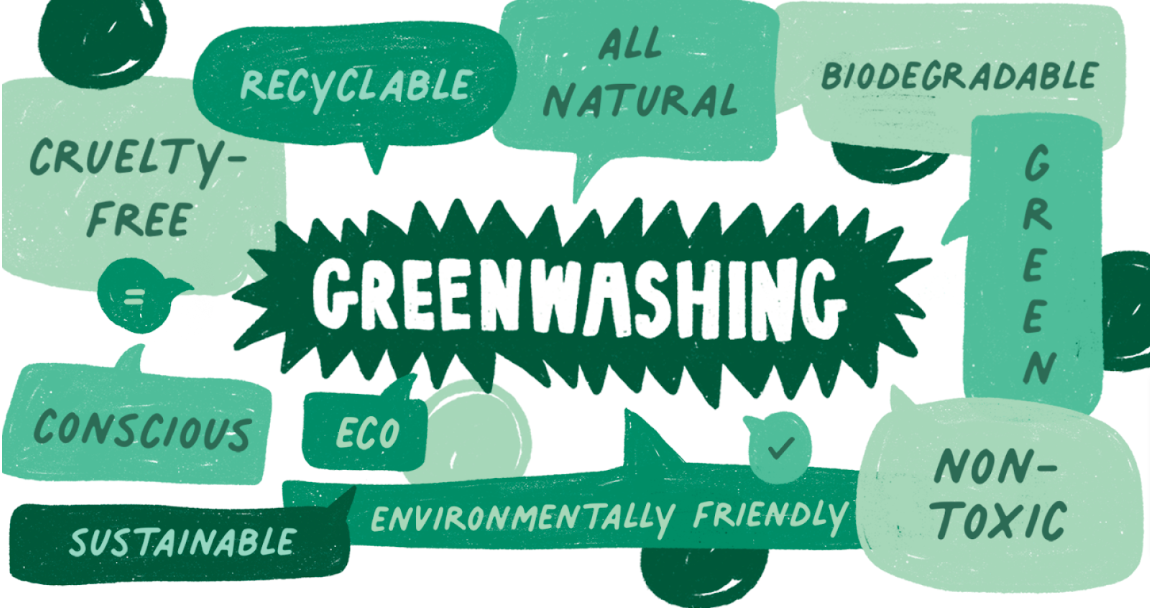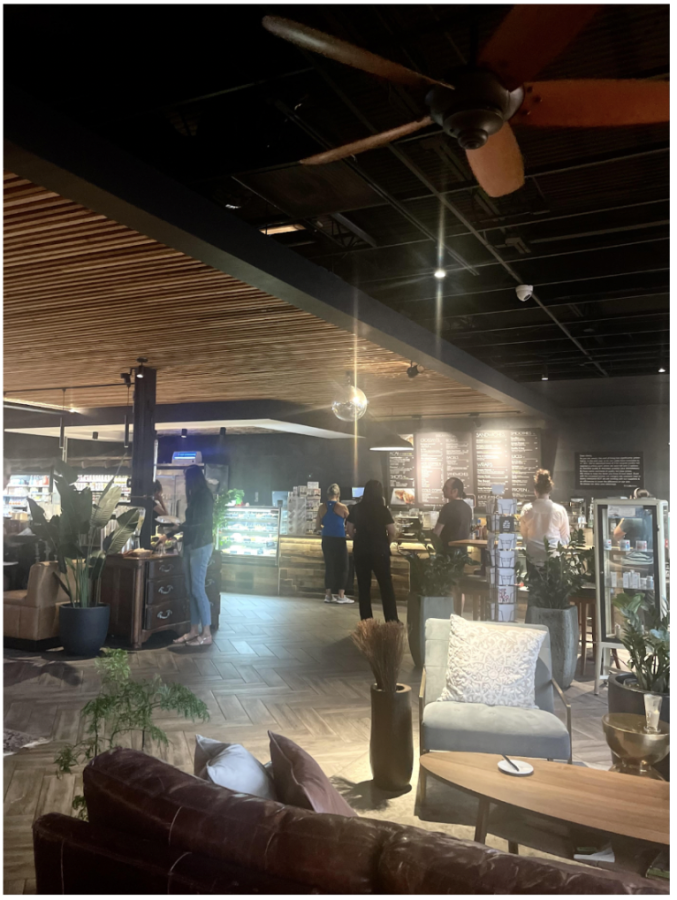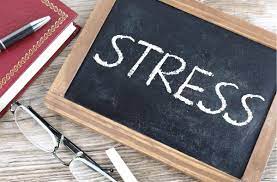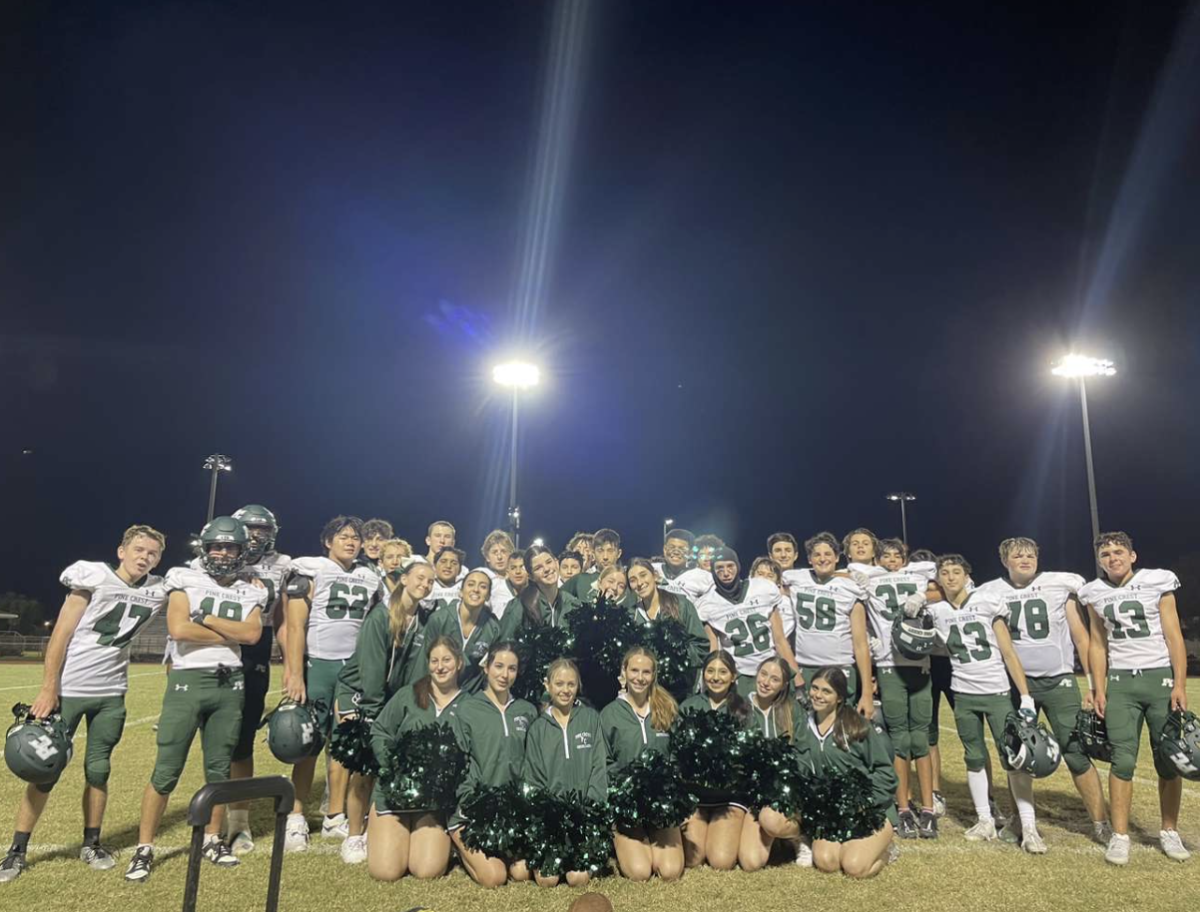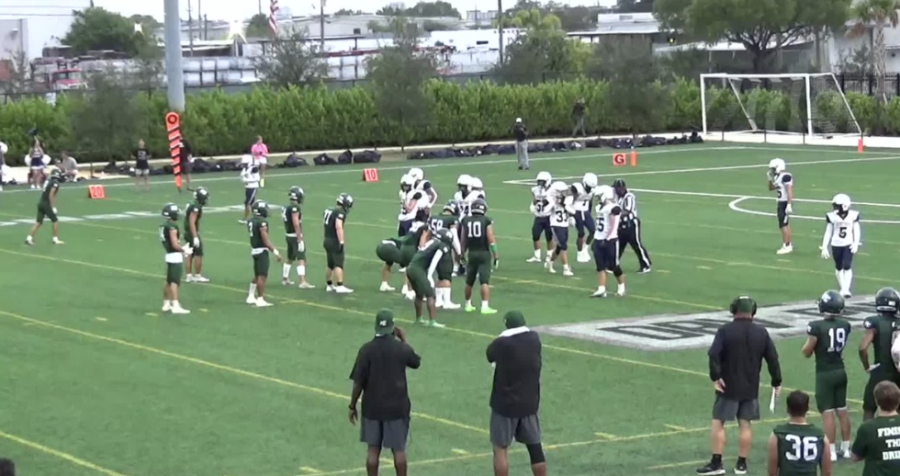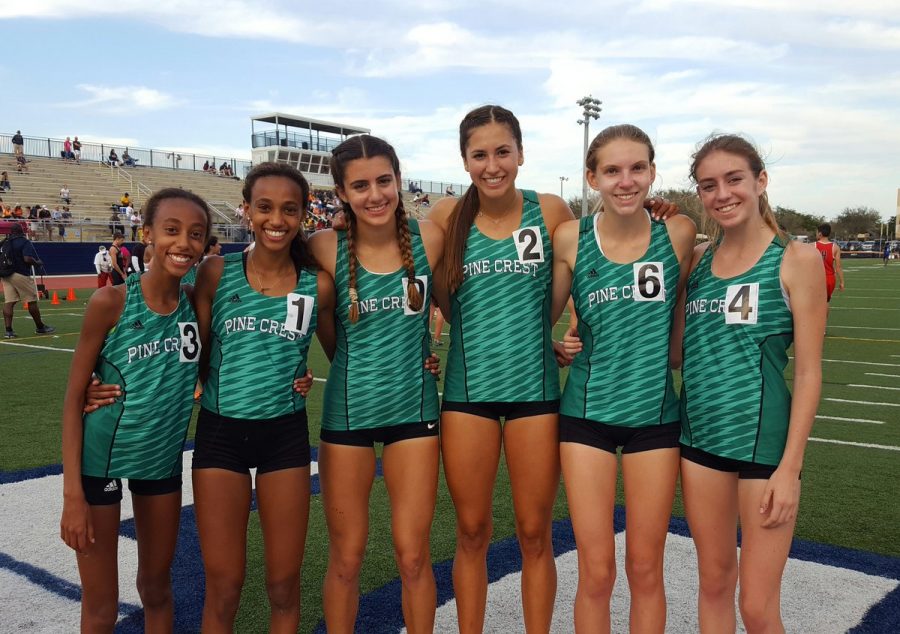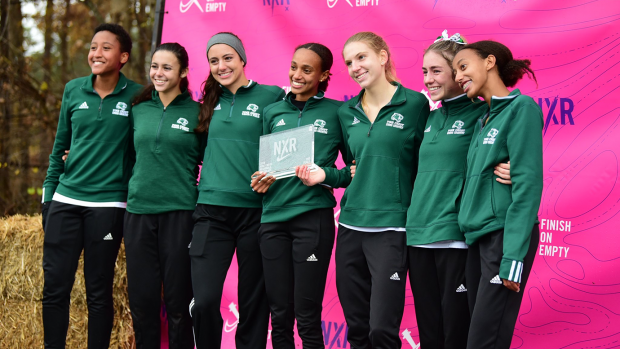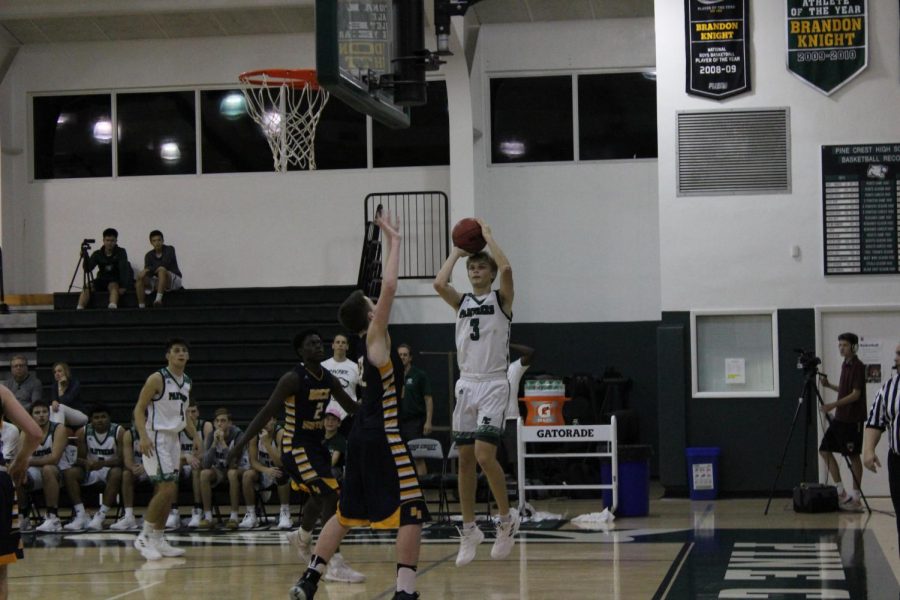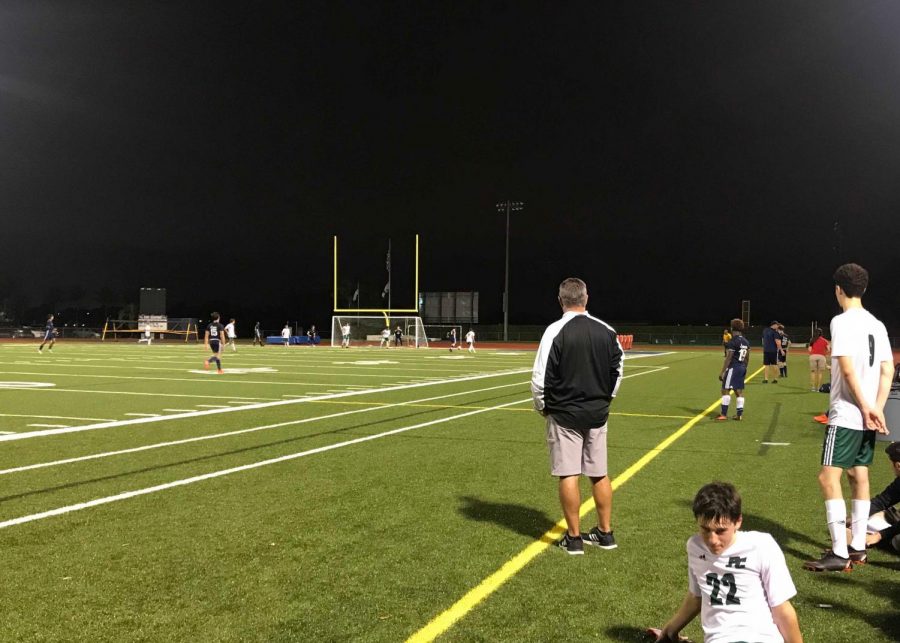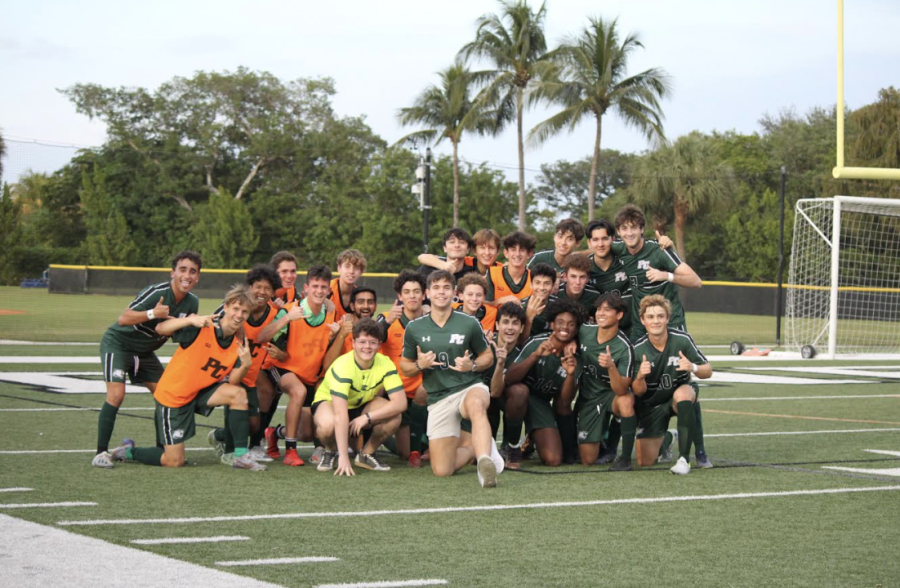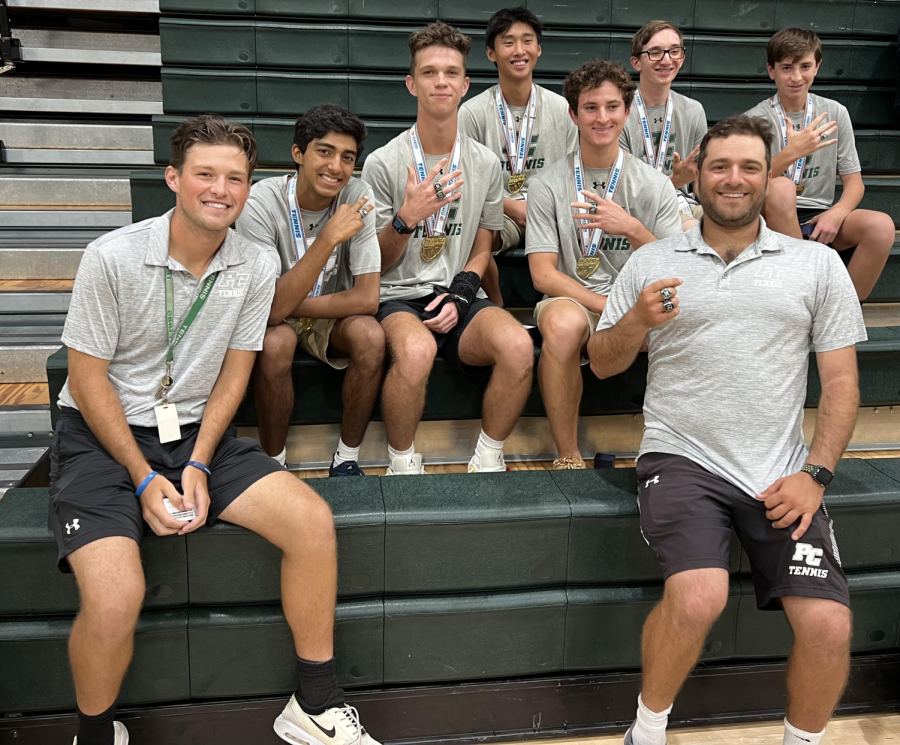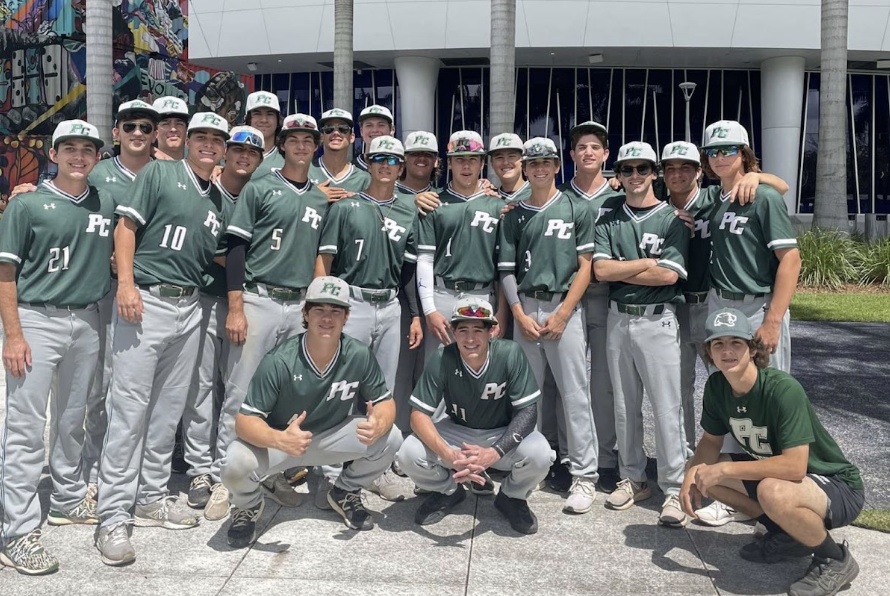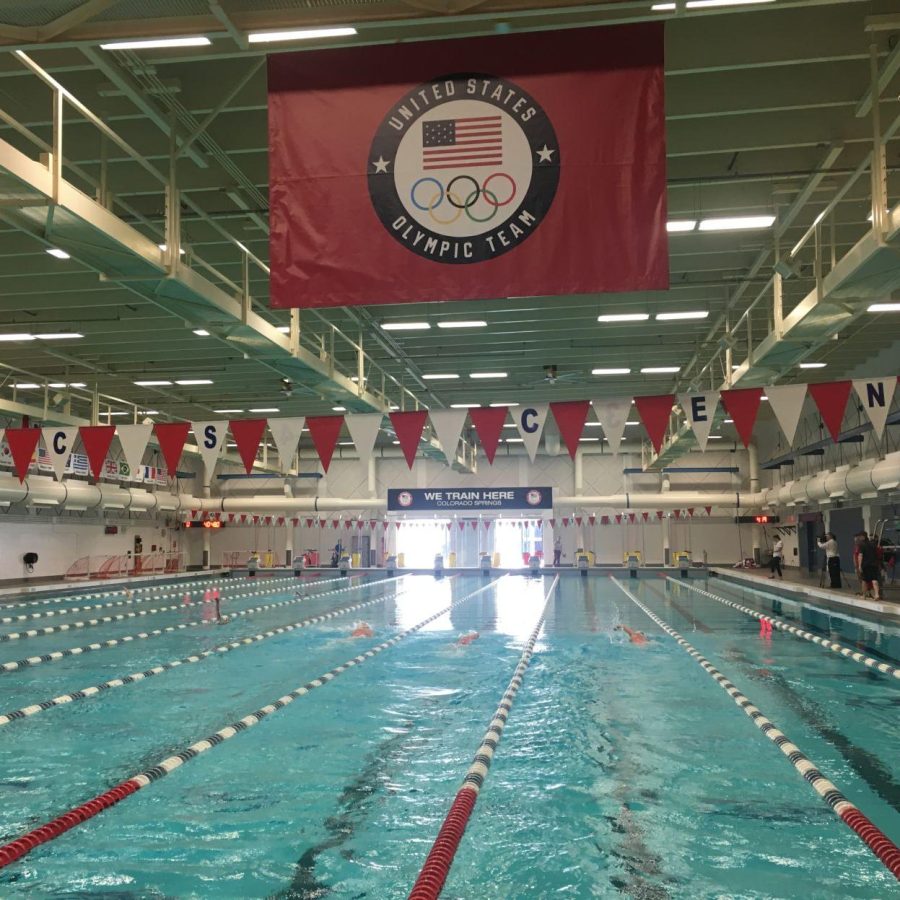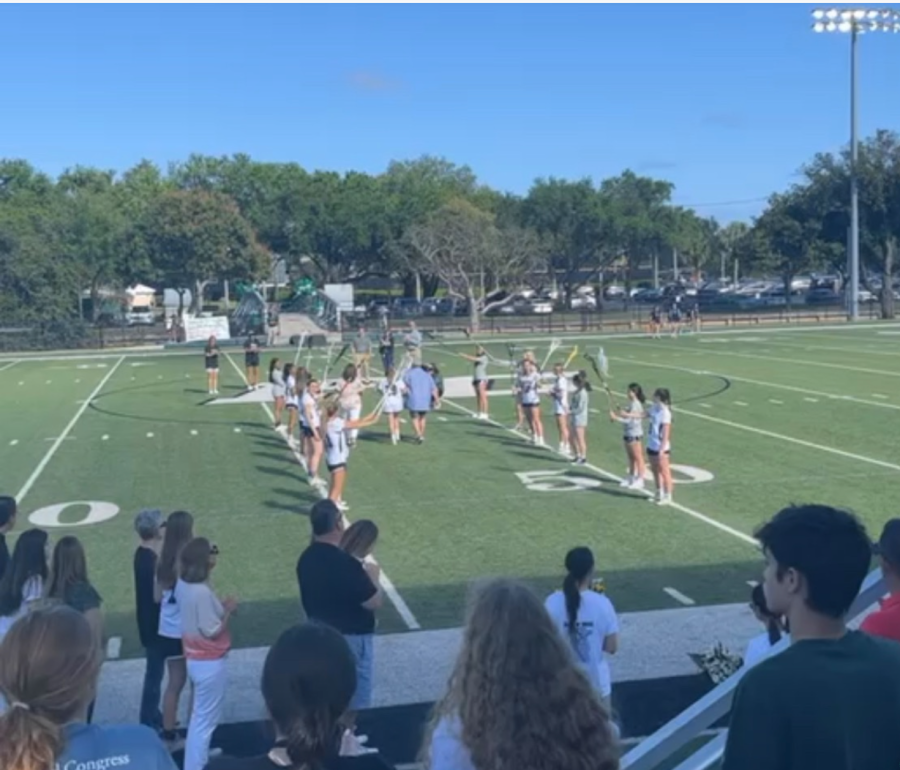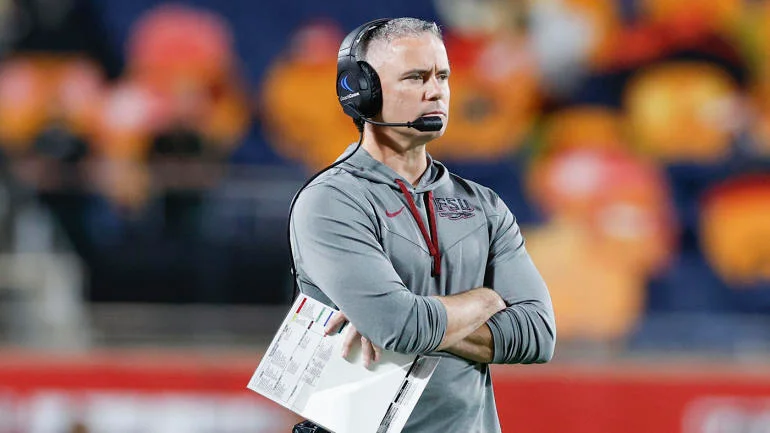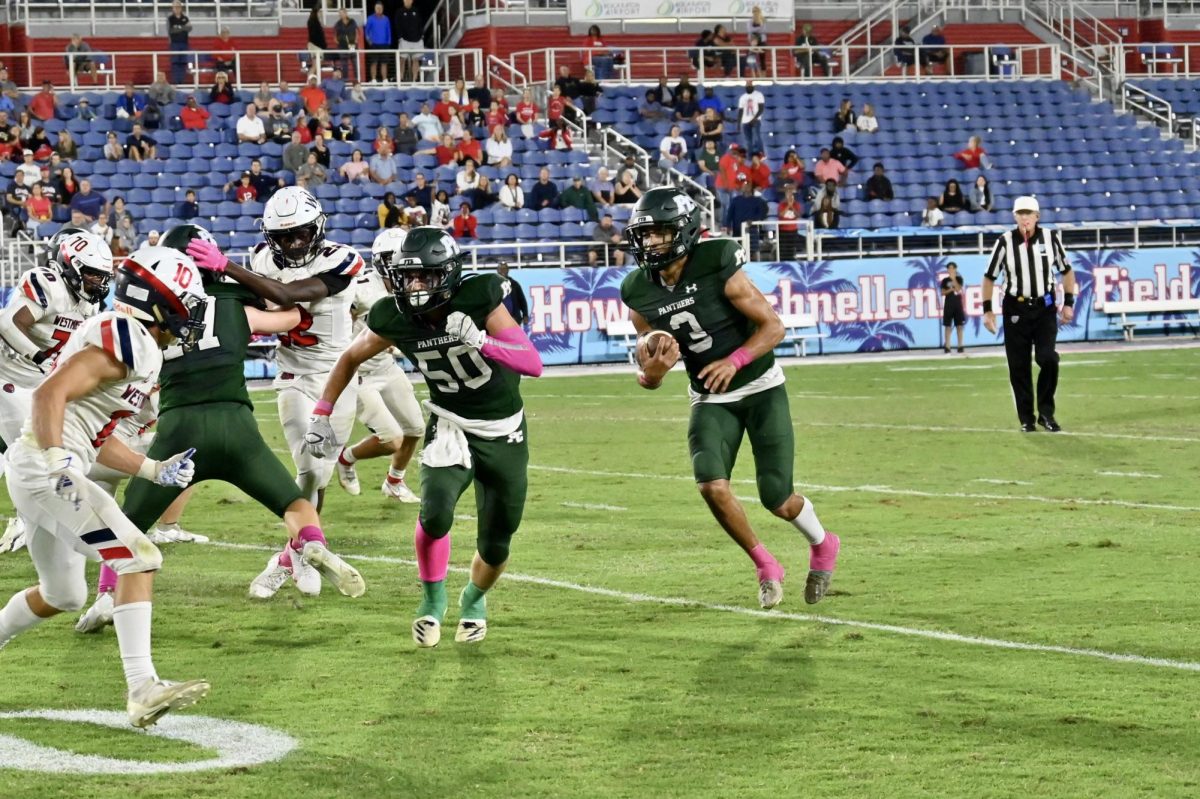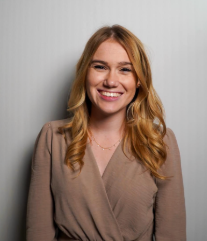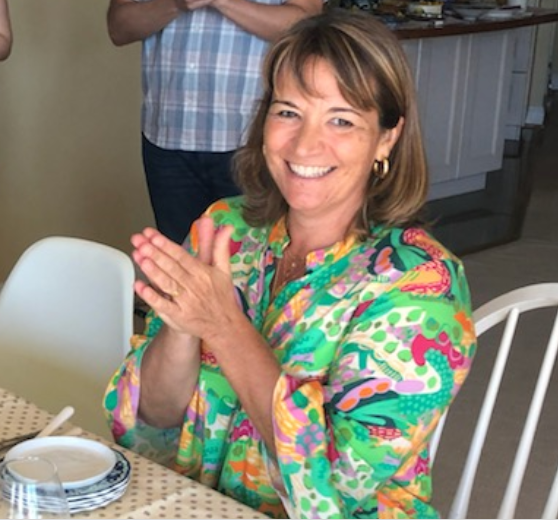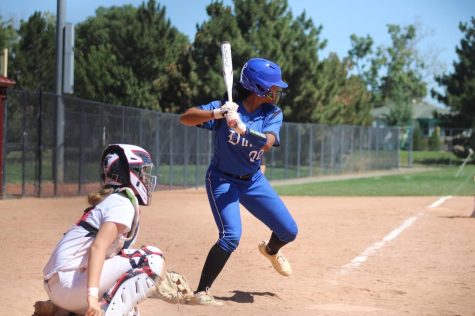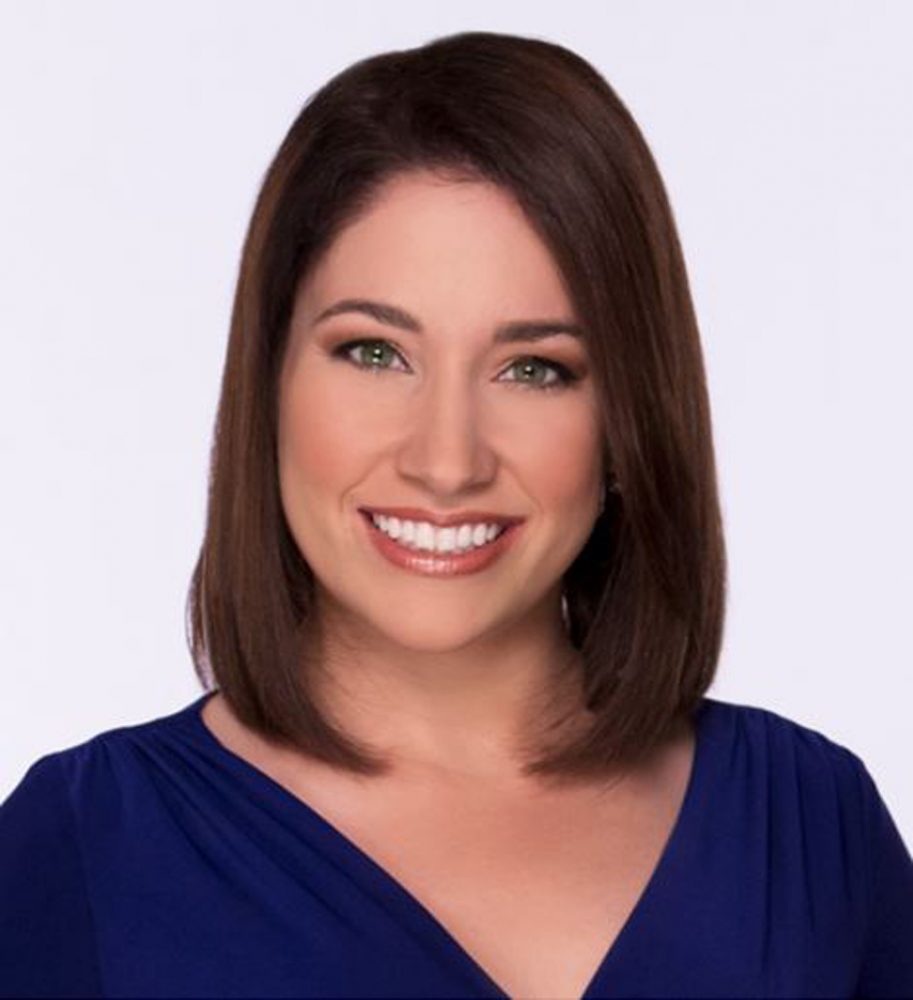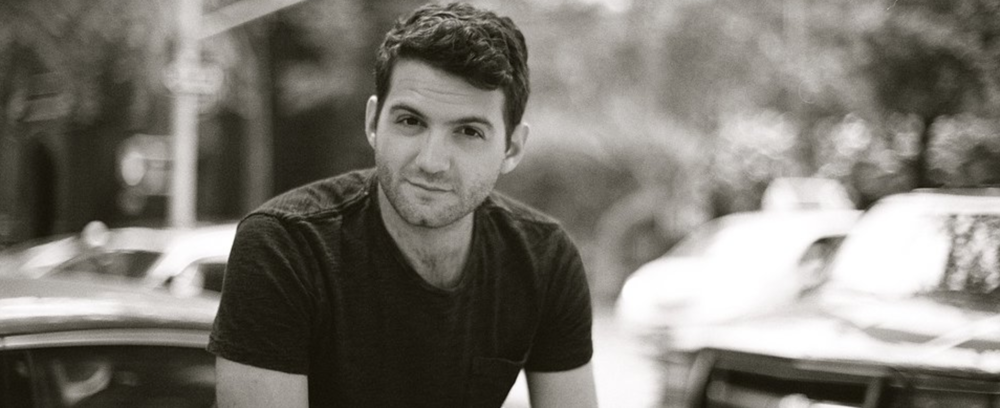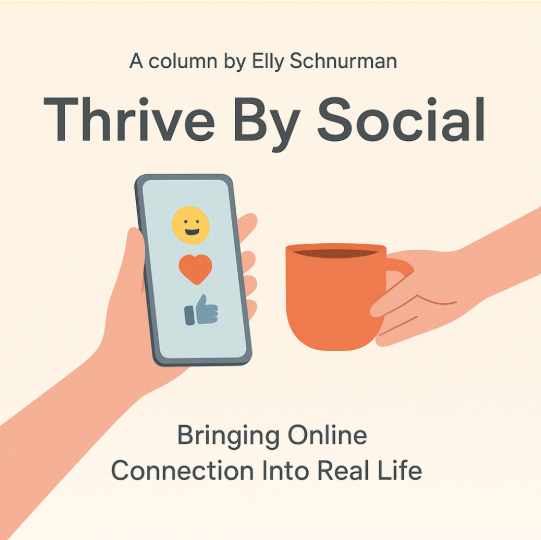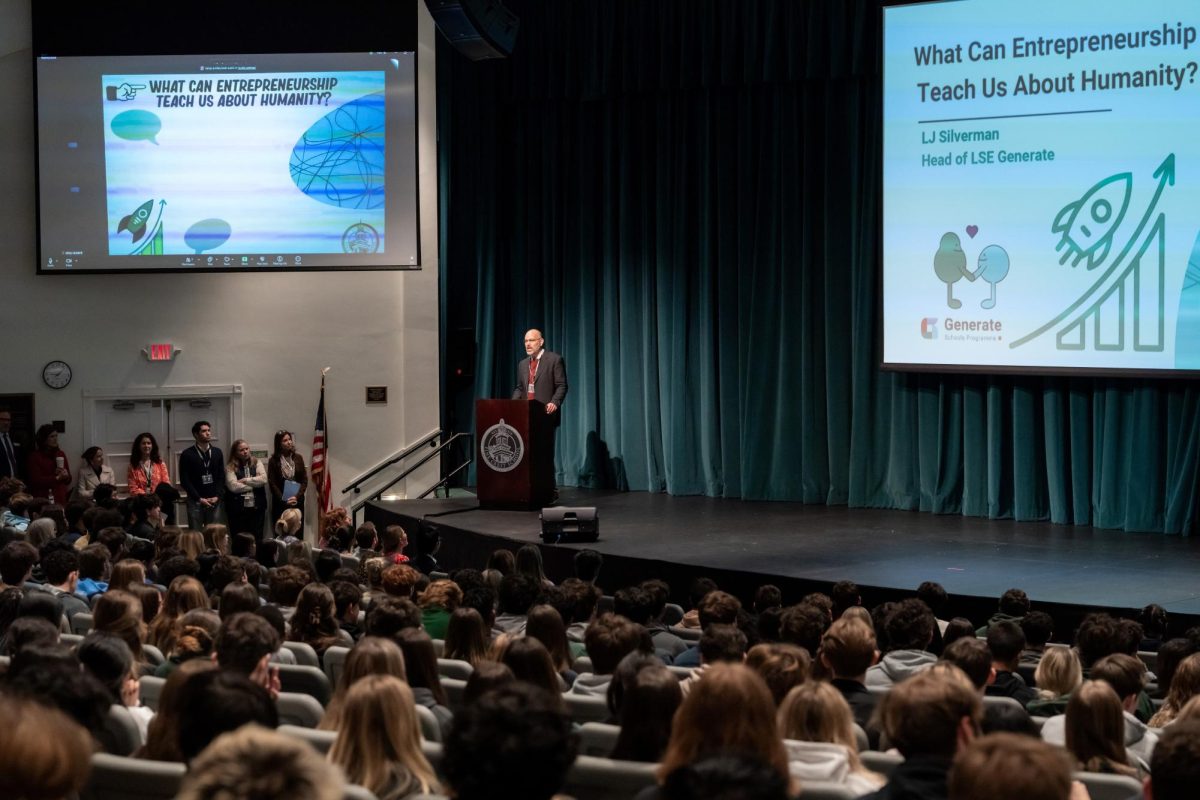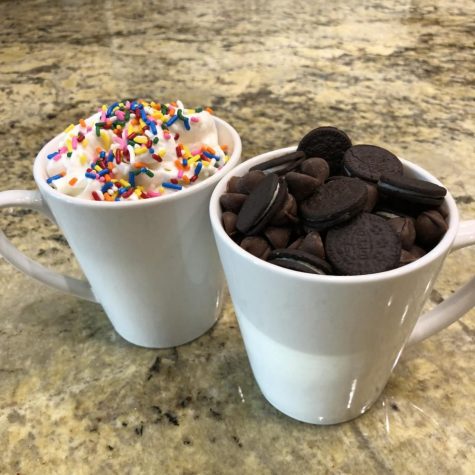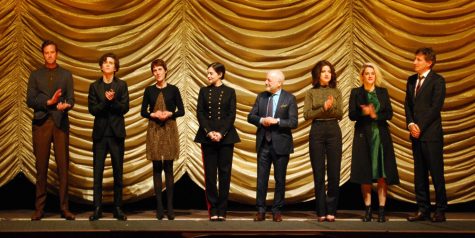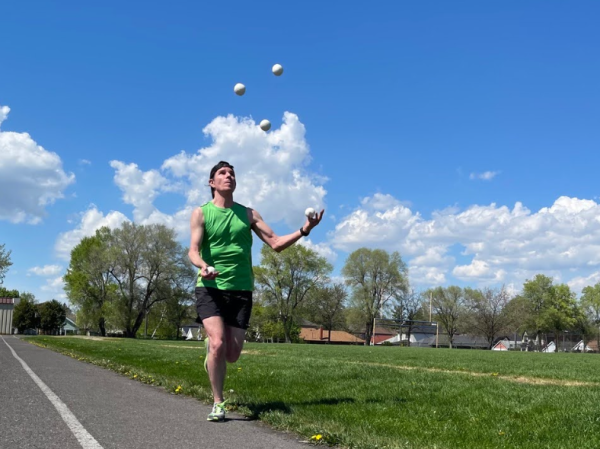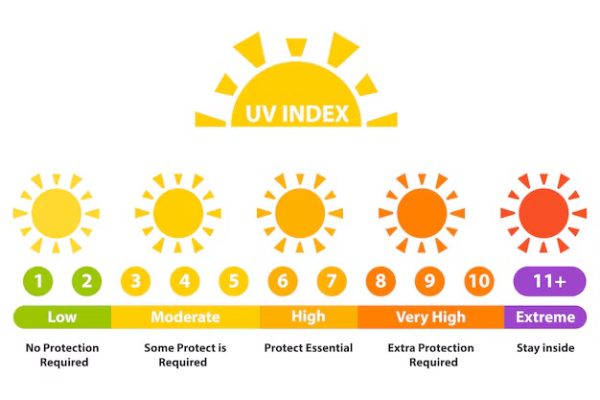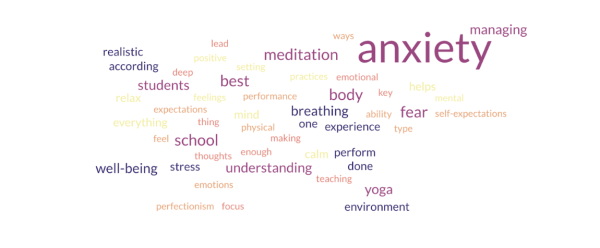Women in Media Report
Recently, the Women’s Media Center, founded by Jane Fonda, Robin Morgan, and Gloria Steinem, released its yearly report detailing the most recent statistical data on the representation of women in the media. This 65-page report reveals in depth the gender inequality in the media that can be easily forgotten, especially since many media and arts careers are usually considered “feminine” pursuits. The study examines both the percentages of women in news – print and broadcasting – and also in film, whether behind the scenes or on screen.
Only 36% of newsroom staffers are female, with the number of women of color included actually dropping over the past several years, and the seven top print news sources run four opinion articles written by men for every one written by a female. It’s not that there is a shortage of female reporters – in fact, Northwestern’s Medill School of Journalism, one of the most well renowned journalism schools in the country, has a student body that is approximately 70% female. Furthermore, only 15.3% of CEOs and board members at the top 10 journalism and media companies are women, a disproportion that not only reveals lack of gender equality in top-tier business positions but also is reflective of who has the power to choose those hired in writing, broadcasting, and editing fields. The problem, therefore, can find its roots in the accepted societal norms of what women should and shouldn’t be allowed to have opinions on, and when these opinions are appropriate.
In the top 100 films of 2012, women had only 28.4% of speaking roles, and 4.4 percent of the 100 films with the highest box office receipts were directed by women. When movie executives think director, according to this report, they automatically think male, with 50% automatically ruling out female directors for typically male-oriented genres such as horror and action, while still favoring male directors for female-driven narratives such as Sex and the City, The Sisterhood of the Traveling Pants, and Hannah Montana: The Movie. In the 2011 documentary Miss Representation, director Catherine Hardwicke admits, “I’ve gone after some jobs that I’ve been told flat-out to myself and my agent, ‘Oh no, we think a guy should direct this.’” Once again, it is not a lack of females in storytelling or acting that is preventing a more equal gender distribution, but rather cultural stereotypes that drive perceptions of not only capability but also personal worth.
After reading this report, I decided to do my own research into the Pine Crest media community. 40% of the PCTV crew is female – the exact same percentage as in most American broadcast newsrooms. However, 44% of Type One staff members are female, making our newsroom 7.7% more diverse than other American newsrooms. In a world where 51% of the population is female, the inequality in who gets to share their opinions and what is important enough to garner attention highlights the fact that we do not live in the post-feminist society we are deceived into thinking exists. Hopefully, by being consciously aware of these proportions and making deliberate actions to ensure a diverse and inclusive cross-section of opinions are voiced, our generation media professionals can help further close this gap.

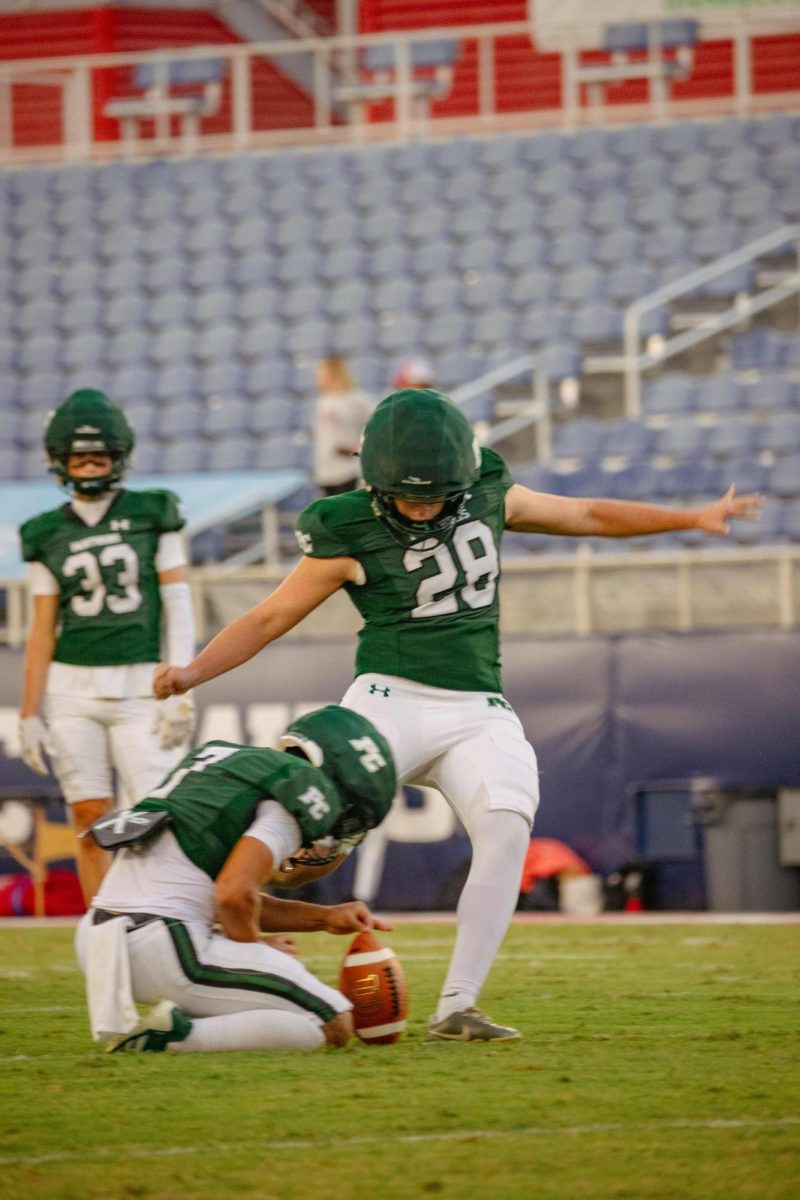

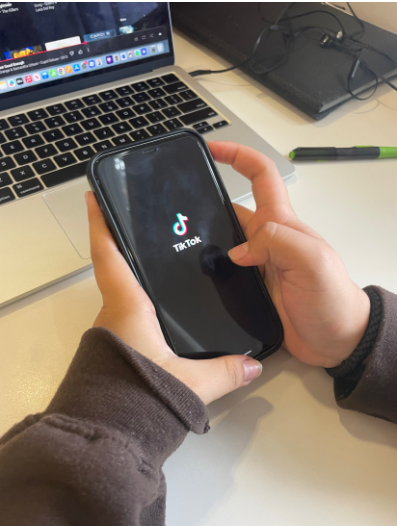
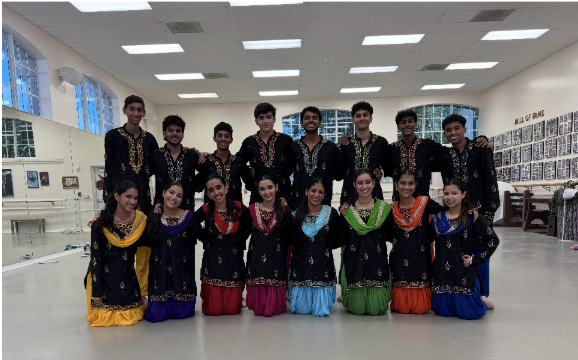


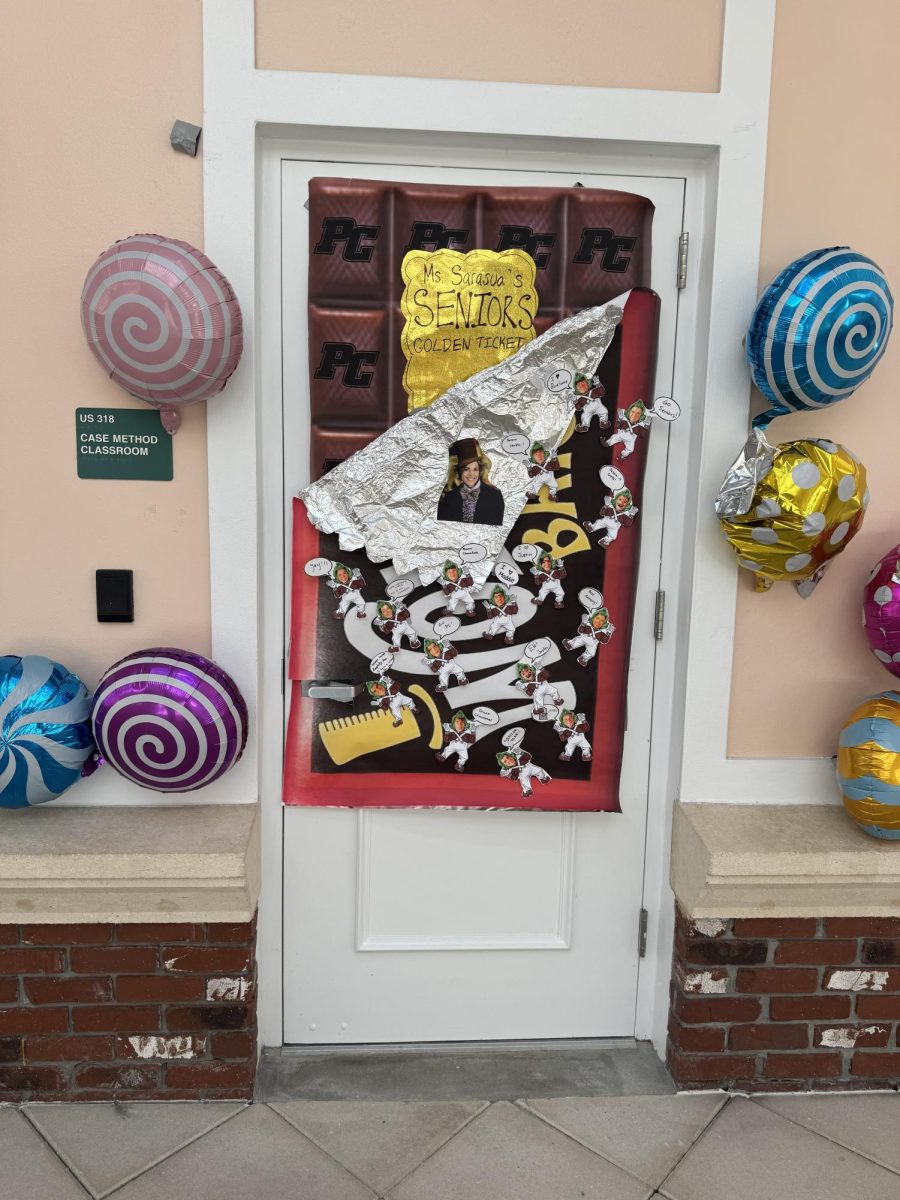
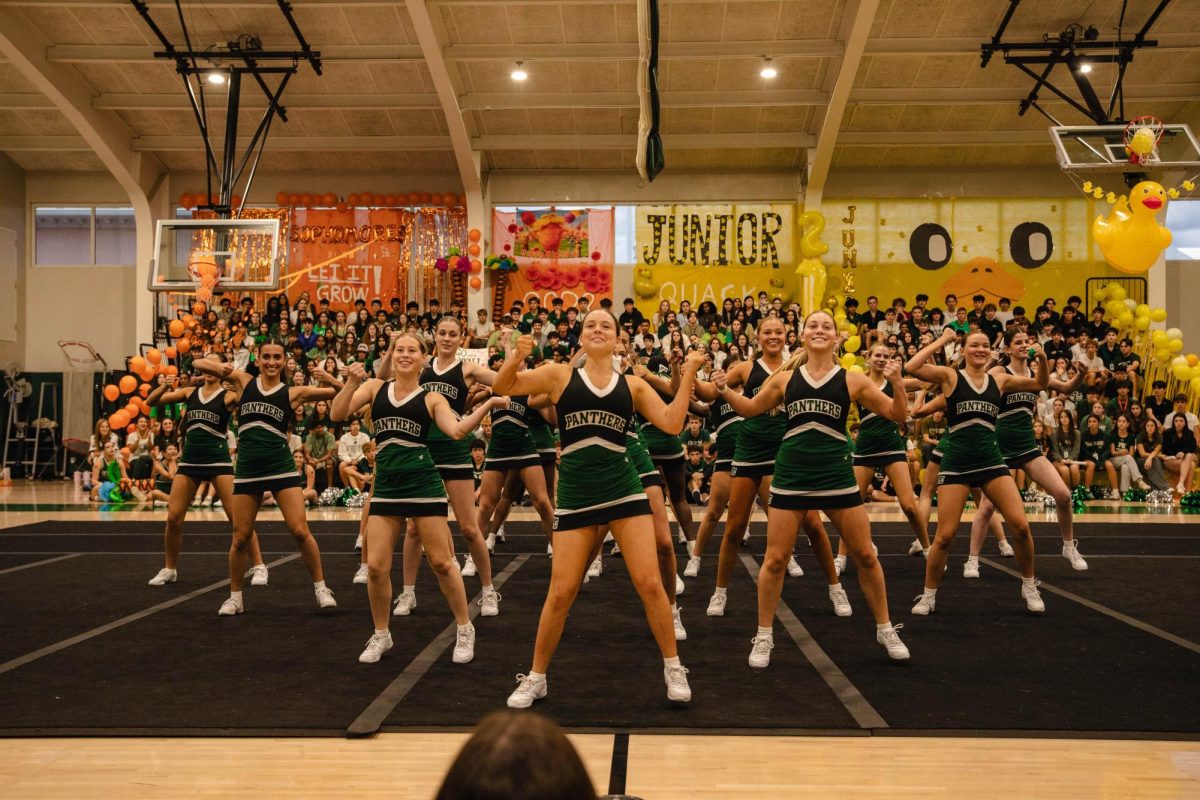
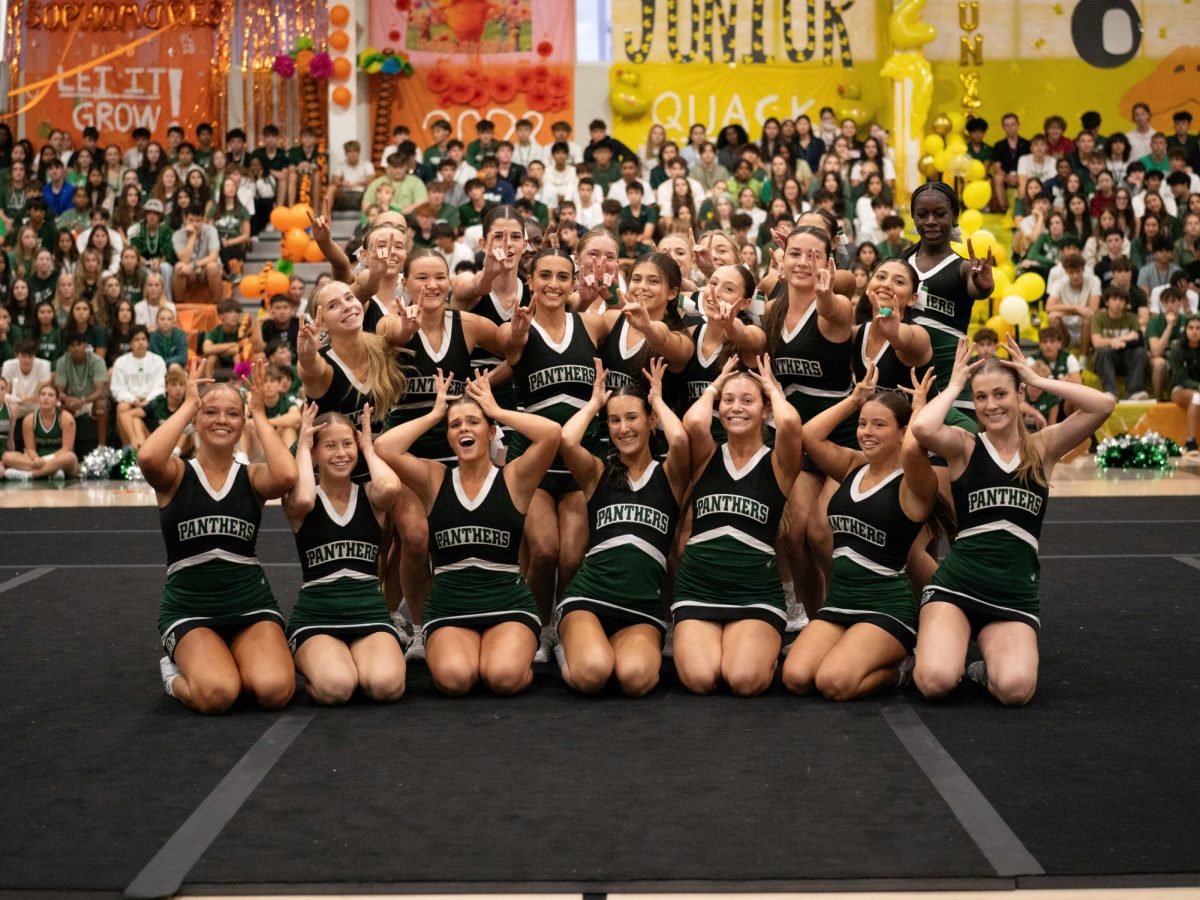


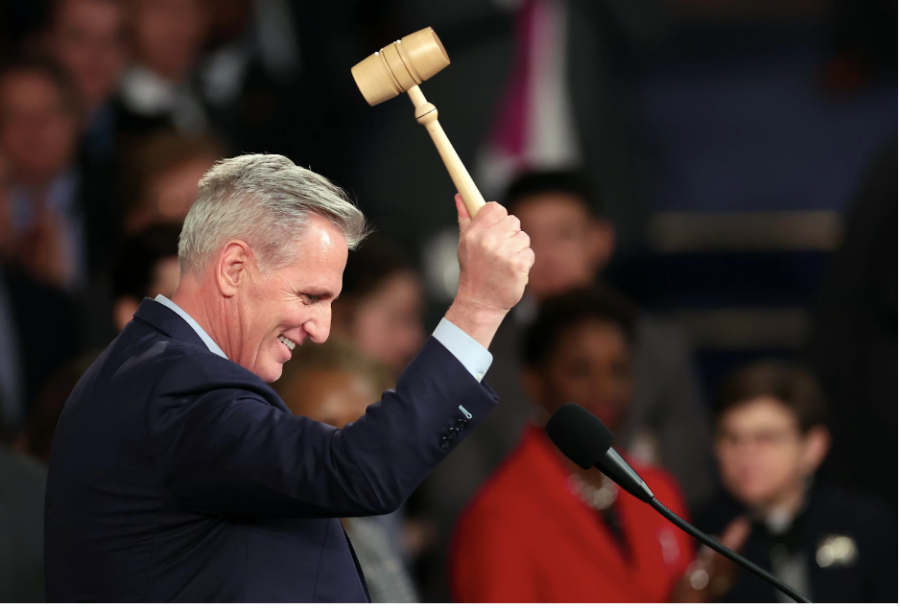
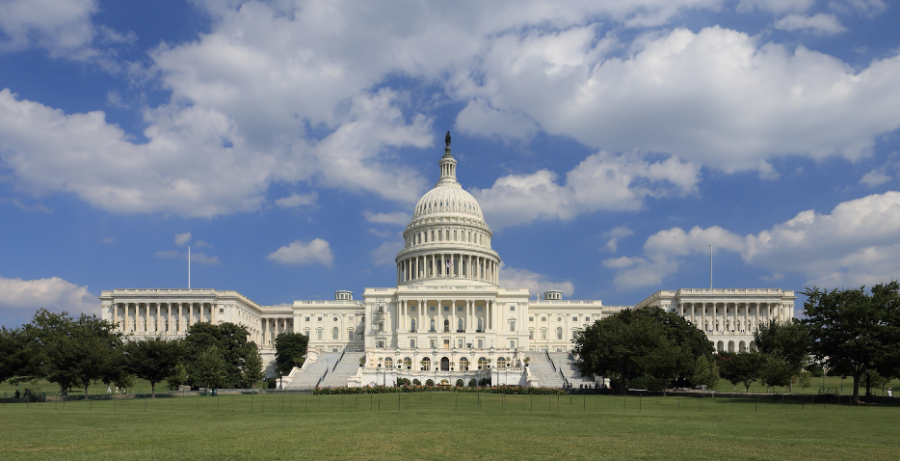
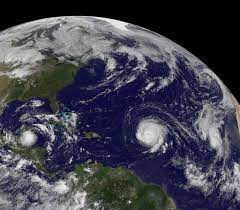
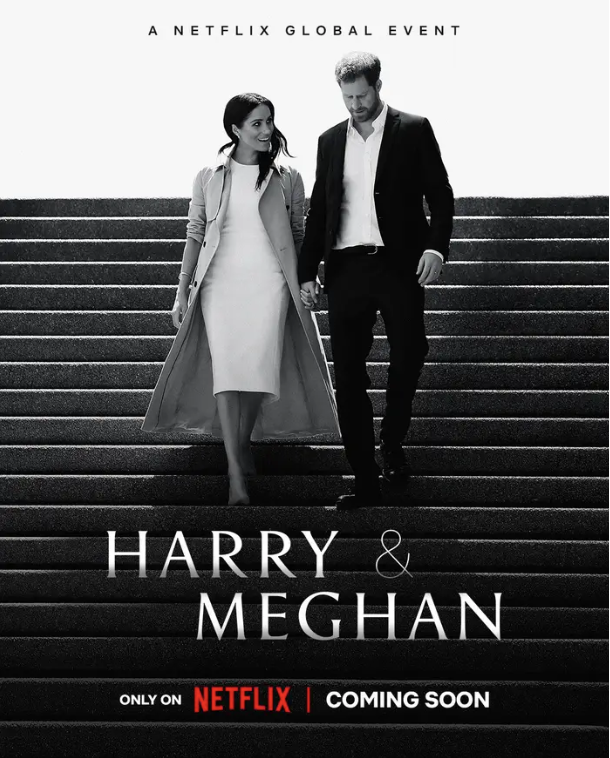

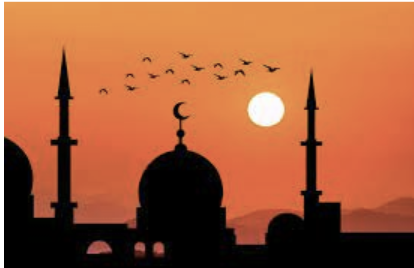

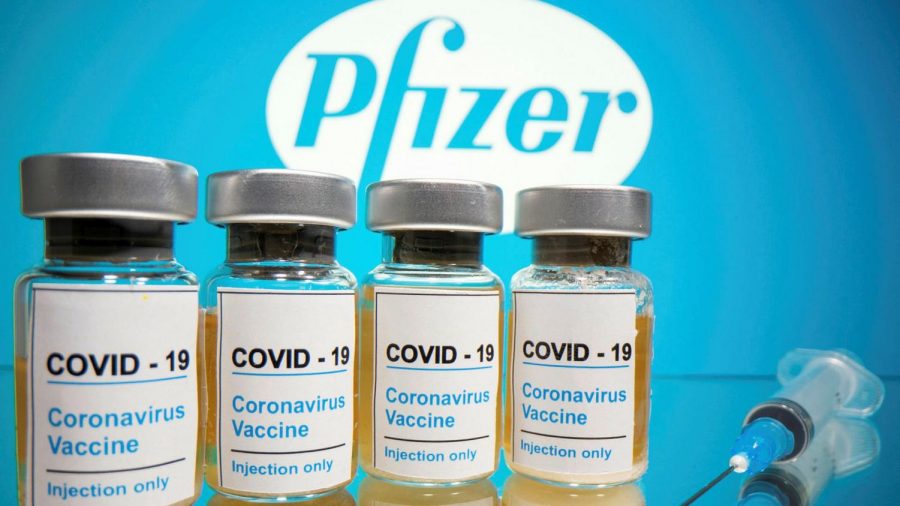
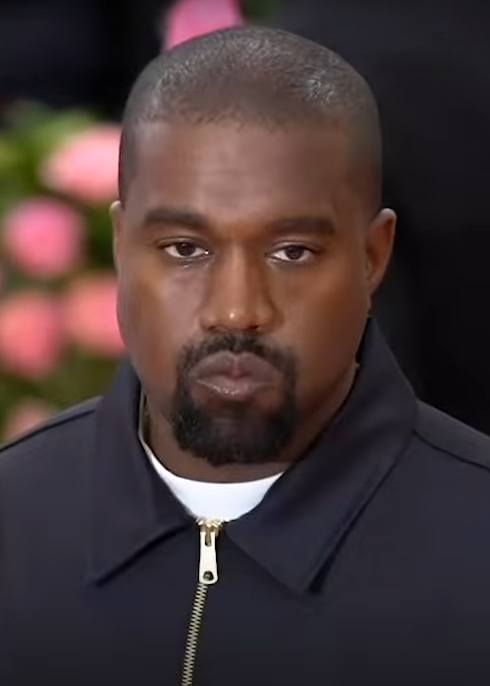

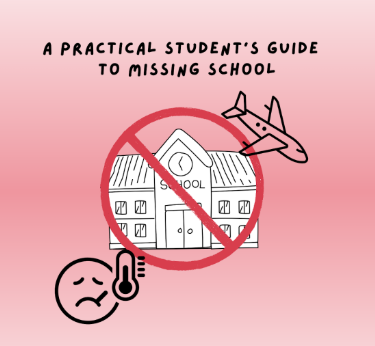



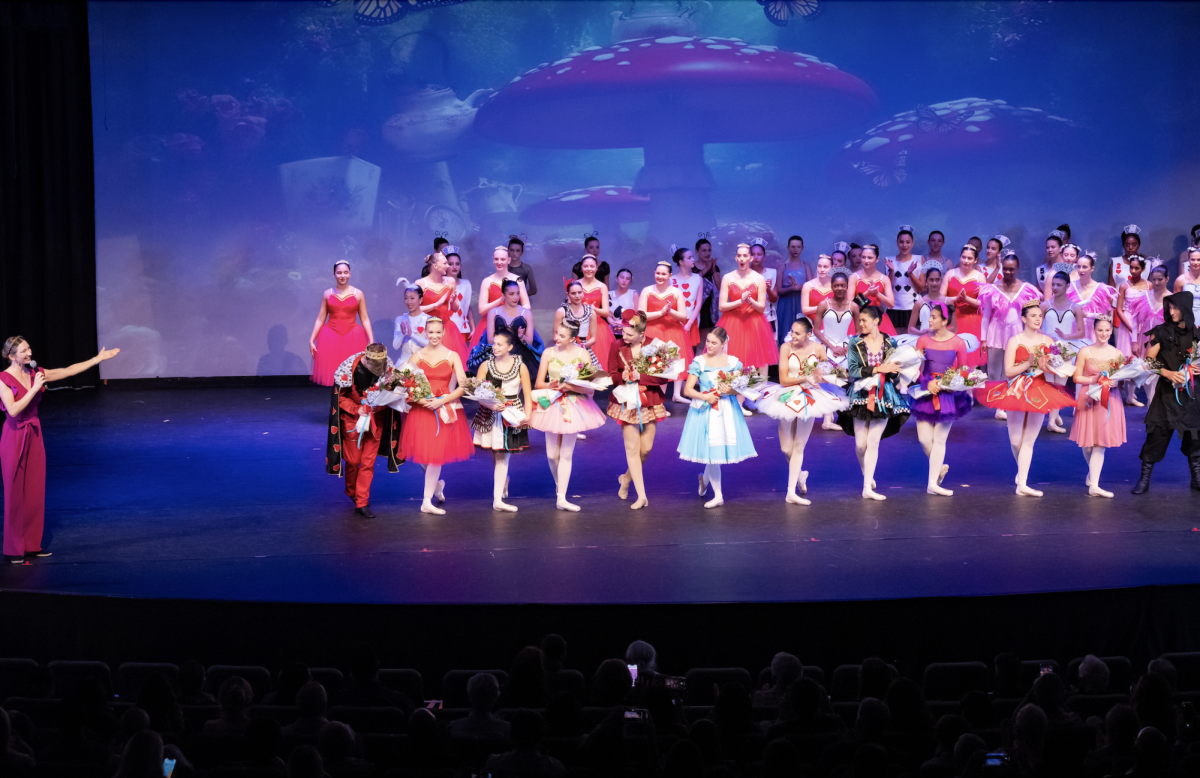
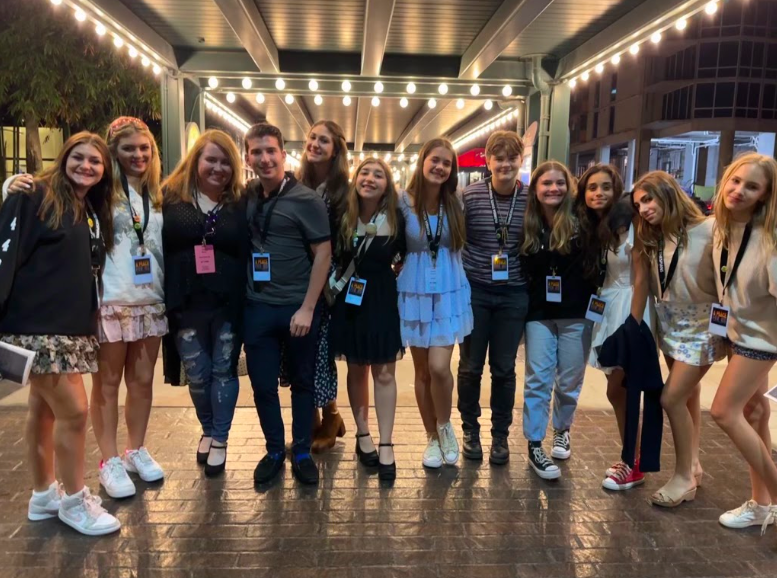

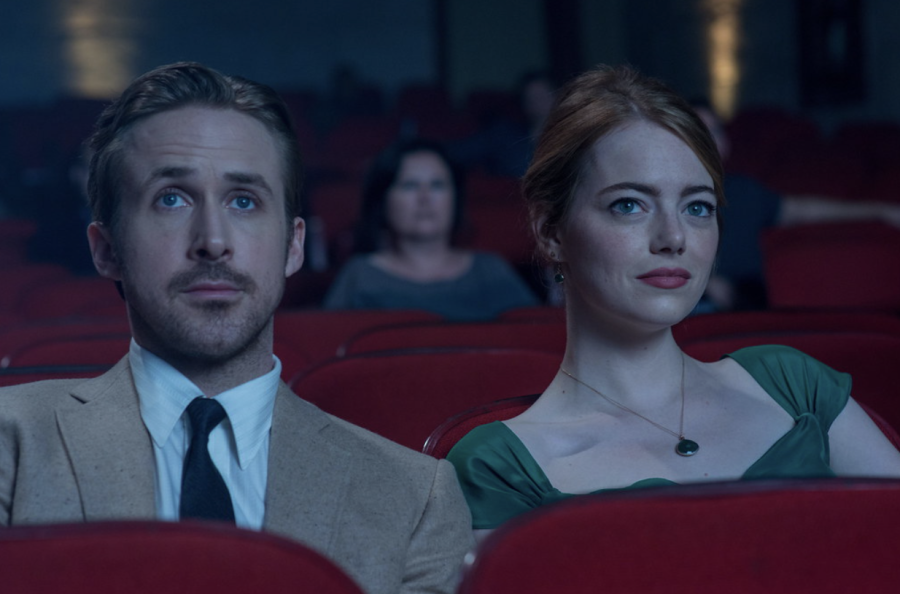
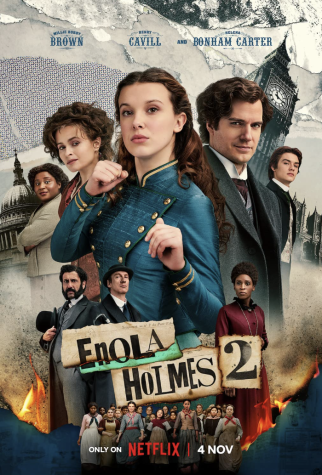

![Stranger Things 4: What to Expect [Warning: Contains Spoilers]](https://pcpawprint.com/wp-content/uploads/2021/11/StrangerThings4-900x473.jpeg)
